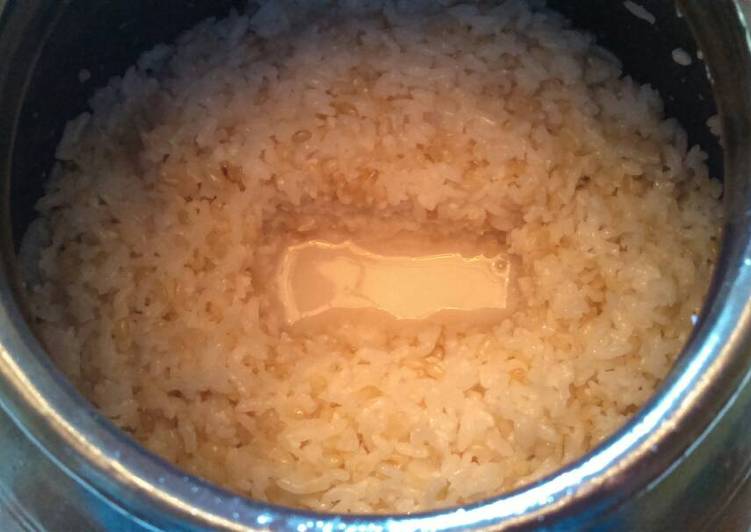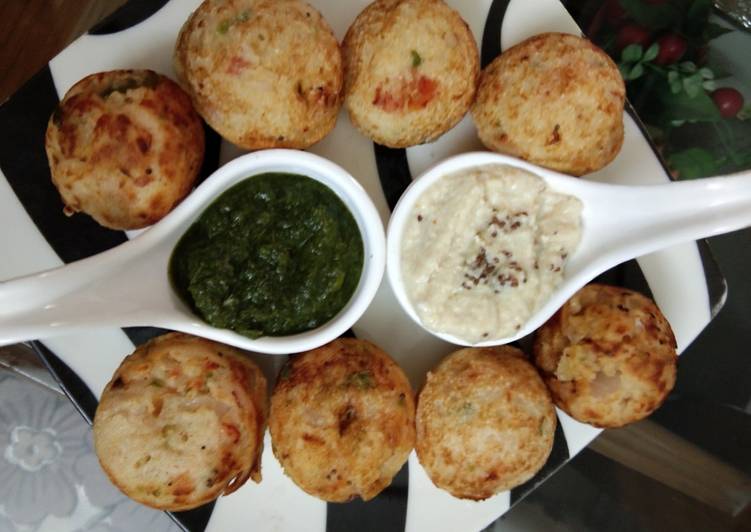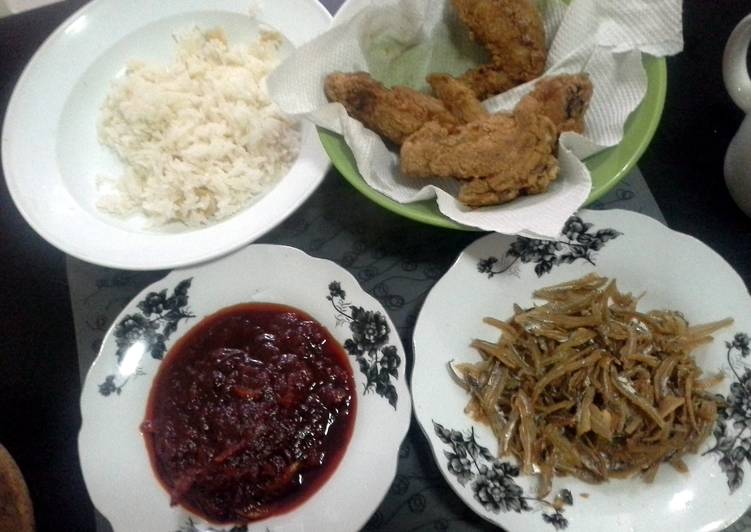
Hey everyone, hope you’re having an amazing day today. Today, I will show you a way to make a distinctive dish, basic jiuniang (rice wine) 甜酒酿. It is one of my favorites food recipes. For mine, I will make it a bit tasty. This is gonna smell and look delicious.
Basic Jiuniang (Rice Wine) 甜酒酿 is one of the most favored of current trending foods in the world. It is enjoyed by millions every day. It’s easy, it’s quick, it tastes delicious. They’re fine and they look fantastic. Basic Jiuniang (Rice Wine) 甜酒酿 is something that I’ve loved my entire life.
Jiuniang is a sweet, soup- or pudding-like dish in Chinese cuisine. It also known as sweet wine or sweet rice wine. Sweet Fermented Rice, or jiu niang (酒酿), is a versatile Chinese specialty that can be added to both sweet and savory dishes.
To get started with this particular recipe, we have to first prepare a few components. You can cook basic jiuniang (rice wine) 甜酒酿 using 4 ingredients and 6 steps. Here is how you cook it.
The ingredients needed to make Basic Jiuniang (Rice Wine) 甜酒酿:
- Take 4 +1/4 cups sweet white rice (1000g)
- Prepare 2 1/2 cups room temperature water (after boiling)
- Get 1 tsp or 4 g (half pack of Angel Rice Leaven Chinese yeast)
- Take 2 Tsp Sweet osmanthus + 1/2 cup boiling water (optional)
Rice Jiu Niang 甜酒釀, a fresh sweet slighty winey fermented rice with a porridge like texture. This Homemade Chinese Fermented Rice 甜酒釀 will creep up on you and you will find yourself as Rice, glutinous rice, homemade, jiu niang, jiuniang, rice wine starter, shanghai wine yeast ball, sticky. As a finished product, rice wine goes under many names as vendors choose to add local ingredients, and style their own product on the taste of the area. Rice wine is usually served in little clay urns, sealed at the top with red cloth with the waxy skin of the wine.
Steps to make Basic Jiuniang (Rice Wine) 甜酒酿:
- Make sure all tools that in contact with rice wine making are extremely clean(absolutely free from oil contamination).
- Rinse sweet white rice 3 times and soak a few hours (minimal 2 hrs). Discard soaking water and add 2 cups of water after soaking and cook in a rice cooker.
- Once rice is done cooking in the rice cooker, take the insert pot out and fluff the rice allow it to cool down to room temperature. In the meantime, use 1 cup of boiling water to brew 1 Tsp of sweet osmanthus flower for flavor and aroma enhancement. Allow the sweet osmanthus infused water (remove flower using with a metal mesh or cheesecloth) to cool down to room temperature.
- Add sweet osmanthus water and 1.5 cups of water into the rice pot and stir to mix well. Add half pack of angel rice leven yeast 4g and stir to incorporate well.
- Transfer all the mixture into a very clean fermenting vessel. I use a Korean earthware for this job and it doesn't have to seal well because in the early stage of wine making, oxygen is necessary for fermentation.
- Temperature is the key. Ideally, keep your wine jug in a temperature anywhere between 80-90F. Taste every 12 hours and decide when you want to slow down the fermentation by transferring it to a fridge. I typically wait 24 hours before transferring it into a fridge.
It is drunk out of small porcelain bowls. MY GOD, you said RICE WINE/Mi Jiu below photo is Rice Wine/Mi Jiu Rice wine/Mi Jiu, also called Jiu Niang. Made from glutinous rice, it's the traditional specialty wine of Han Chinese and most ethnic minorities in China. Jiuniang and Yellow Wine doodles they are cute! homemade black sesame-filled rice balls in sweet rice wine soup (酒酿圆子). Red glutinous rice wine, 红糟酒, has its origin from Fuzhou, China (alternatively pronounced as Foochow or Hock Chew).
So that’s going to wrap it up for this exceptional food basic jiuniang (rice wine) 甜酒酿 recipe. Thank you very much for reading. I’m confident that you can make this at home. There’s gonna be interesting food in home recipes coming up. Remember to bookmark this page in your browser, and share it to your loved ones, colleague and friends. Thank you for reading. Go on get cooking!

